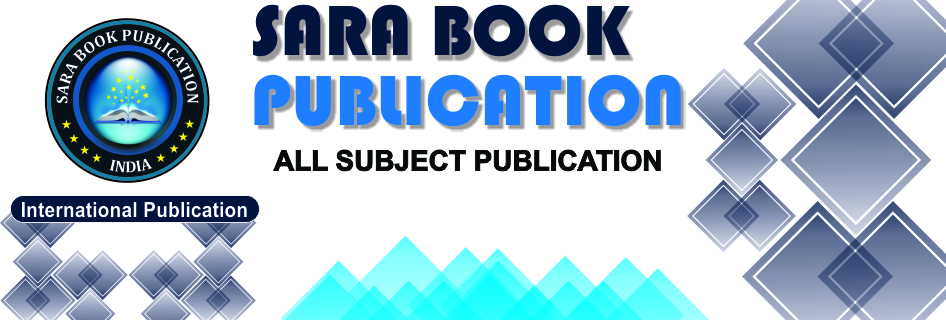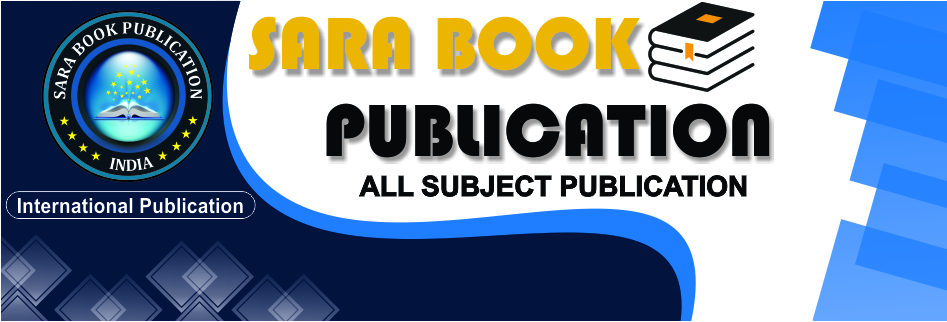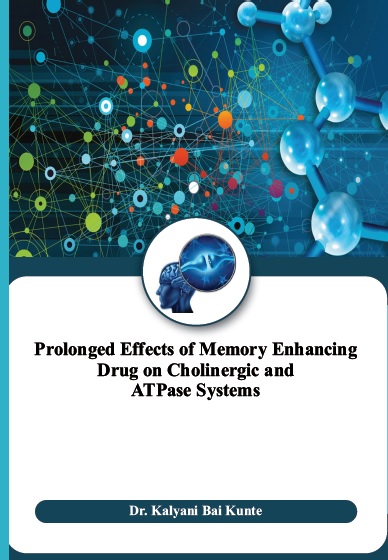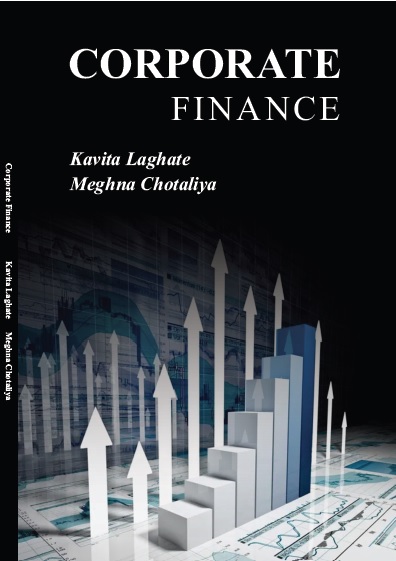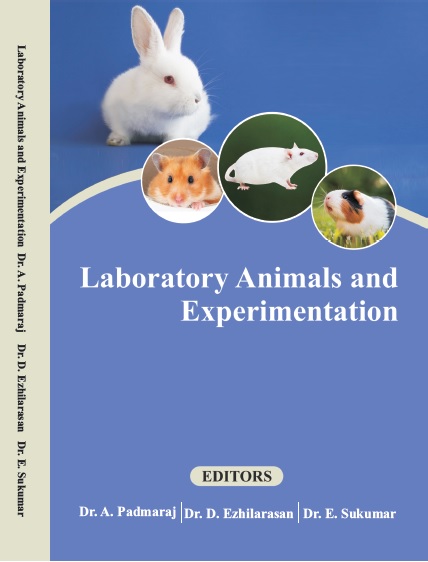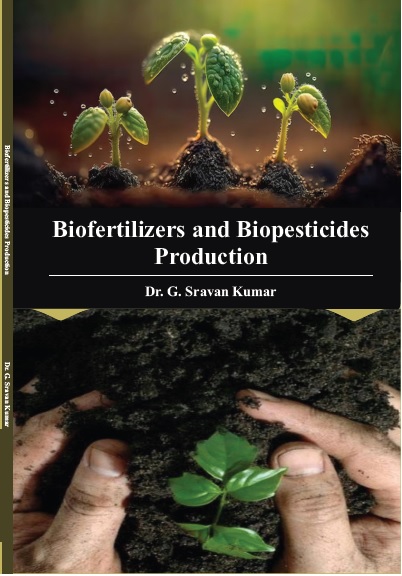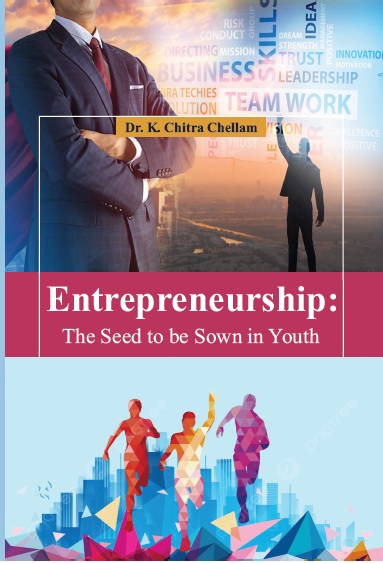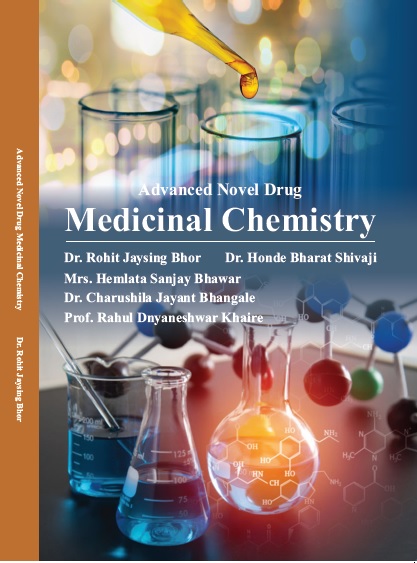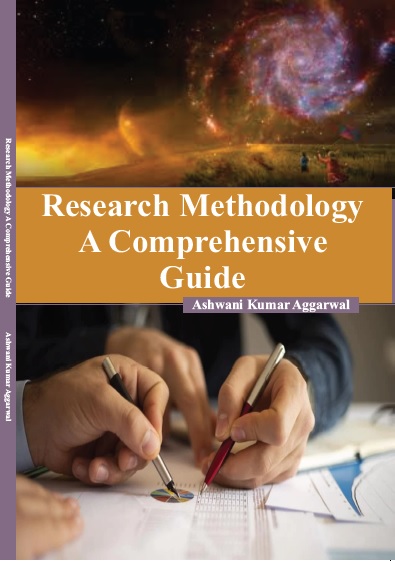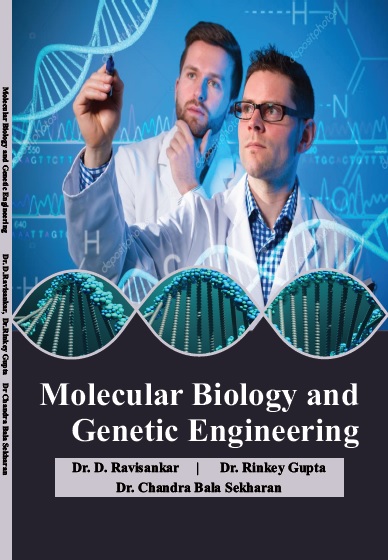LIFE SCIENCES
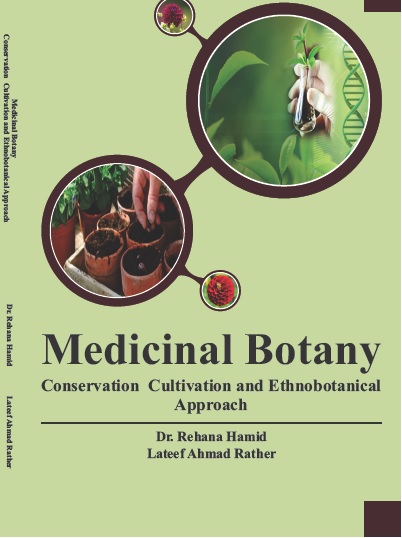
Medicinal Botany Conservation Cultivation And Ethnobotanical Approach
by Dr. Rehana Hamid
ISBN Number : 978 - 93 - 88672 - 85 - 6
Authors Details
| Author Name | Image | About Author |
|---|---|---|
| Dr. Rehana Hamid |  |
Dr. Rehana Hamid is a well known name in the eld of Botany. She
has done M.Sc., Ph.D. (Botany) from Jamia Hamdard University,
Delhi. She has also qualied J&K State Level Eligibility Test
(JKSET) in Lifesciences. Besides being a textbook author, she has
more than 10 years of research and teaching experience in Botany,
Medicinal Botany and Lifesciences. She has more than twenty
publications in various national and international journals. She is
also involved in mentoring aspirants for various competitive exams. |
| Lateef Ahmad Rather |  |
Lateef Ahmad Rather is an emerging young face in the eld of
Lifesciences. He has done M.Sc. in Botany from University of
Kashmir and has cracked CSIR NET-JRF many times, along with
J&K State Level Eligibility Test (JKSET) in Lifesciences. Presently
working as lecturer in botany in Jammu and Kashmir Education
Department, he has an experience of more than ve years of
teaching Botany, Lifesciences at various levels and mentoring
students for different competitive exams including NEET, PG entrance, JKSET etc . He is
also involved in preparing study materials for various academic and competitive exams. |
Book Description
India is one of the world's top twelve mega diversity countries with 10 biogeographic regions. In addition it has over forty sites which are known for their high endemism and genetic diversity, and is part of some important biodiversity hotspots. Apart from other plants, there is vast wealth of medicinal plants. At the same time India being a land of major rural population, vast cultural, ethnic and religious diversity, traditional medicines form very signicant component of health and medicine systems. Ayurveda, Sidha and Unani are main traditional medicine systems prevalent in India. Indigenous medicine sciences mostly use natural products, more specically those that are derived from plants. However, population growth and overexploitation of plants have resulted in great loss of medicinal plant wealth all over the world. Such great signicance of medicinal plants, coupled with the need for awareness and conservation has inspired universities and colleges all over India to introduce various courses in the subject of medicinal botany. In the recent years the discipline has started to attain its own identity, independent of main botany. The fact that at undergraduate level it has only been introduced recently and there is dearth of medicinal botany specic faculty and basic medicinal botany books, motivated us to make some contribution to ease the process of teaching and learning medicinal botany. We have strategically and purposefully chosen topics so that not only the syllabus of undergrsaduate and postgraduate courses is encompassed but also the signicance of traditional medicine systems and medicinal plant wealth has been cherished. As such this book should prove of interest both to students of B.Sc., B.Sc. Honors, studying for biological qualications, and also to Postgraduates who need a sound introduction to basics of medicinal botany. The First two chapters of this book give us basic knowledge about the history, sources, spread, principles and scope of indigenous medicine systems, folk medicines and ethnobotany in India. Third chapter deals with the basics of conservation biology, particularly in context of conservation of endemic and threatened medicinal plants in India. Fourth chapter is dedicated to important medicinal plants of jammu and Kashmir, while as last chapter lays focus on the basics of propagation and cultivation of medicinal plants, with plant nurseries being the cynosure. The book has been written in an easy-to-follow narrative, equipped with self-explanatory images and gures, data-packed tables that simplify the process of understanding different concepts. Each chapter at its end is emblazoned with a section of important and precise points, derived from the chapter itself that will prove helpful in competitive exams.



